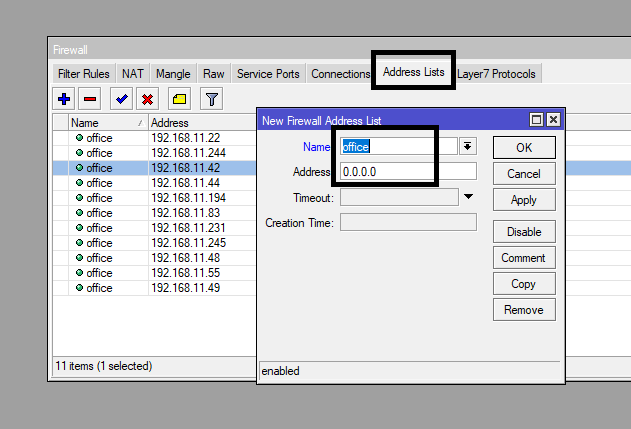Managing Bandwidth With MikroTik RouterOS And VPN
Are you struggling with managing bandwidth on your network? Look no further than the Mikrotik mangle rule. With this simple tool, you can allocate bandwidth to different devices and applications on your network, ensuring that each user gets what they need without overwhelming the system. Plus, it's easy to set up and customize to your specific needs!

What is the Mikrotik mangle rule?
The Mikrotik mangle rule is a powerful tool that allows you to manipulate network traffic based on a wide range of criteria, including source and destination IP addresses, network protocols, and even time of day. By creating rules that match specific types of traffic, you can control how much bandwidth is allocated to different devices and applications on your network, ensuring that each user gets what they need without slowing down the whole system.
How to set up Mikrotik mangle rule
Setting up the Mikrotik mangle rule is easy. Here's how:
- Log in to your Mikrotik router using the Winbox application.
- Click on the "IP" tab in the left-hand menu.
- Select "Firewall" from the drop-down menu.
- Click the "Mangle" tab at the top of the screen.
- Click the "+" button to create a new mangle rule.
- Enter a name for your new rule. This can be anything you like, but make sure it's descriptive enough so you can easily identify it later.
- Choose the appropriate action for your rule. For example, if you want to limit the bandwidth for a particular device or application, choose "Limit" from the Action drop-down menu.
- Set the appropriate criteria for your rule. For example, if you want to limit the bandwidth for a particular device, choose the appropriate IP address in the "Src. Address" field.
- Click "Apply" to save your rule.
Examples of Mikrotik mangle rule in action
Now that you know how to set up the Mikrotik mangle rule, let's take a look at some examples of how you can use it to manage bandwidth on your network:
Limiting bandwidth for specific devices
If you have one or more devices on your network that are using up more than their fair share of bandwidth, you can use the Mikrotik mangle rule to limit their ability to do so. Simply create a new mangle rule, choose the offending device's IP address in the "Src. Address" field, and set the appropriate bandwidth limit in the "Limit" field. This will ensure that the device can still access the network, but won't be able to use up all the available bandwidth.
Allowing certain applications priority access to bandwidth
If you have one or more applications on your network that require consistent and reliable bandwidth in order to function properly, you can use the Mikrotik mangle rule to ensure that they get it. Simply create a new mangle rule, choose the appropriate IP address or port number in the "Dst. Address" field, and set the appropriate bandwidth limit in the "Limit" field. This will ensure that the application can access the required amount of bandwidth, even if other devices on the network are also using it.
Limiting bandwidth during certain times of day
If you have specific times of day when your network is more heavily used, you may want to limit certain types of traffic during those times to ensure that everyone can still access the network without experiencing slowdowns or other issues. To do this, simply create a new mangle rule, choose the appropriate time range in the "Time" field, and set the appropriate bandwidth limit in the "Limit" field. This will ensure that certain types of traffic are slowed down or blocked altogether during those times, freeing up bandwidth for other users on the network.
Conclusion
The Mikrotik mangle rule is a powerful tool for managing bandwidth on your network. By allocating bandwidth to specific devices and applications, you can ensure that each user gets what they need without slowing down the whole system. Plus, it's easy to set up and customize to your specific needs. So if you're struggling with bandwidth issues, give the Mikrotik mangle rule a try!




Post a Comment for "Managing Bandwidth With MikroTik RouterOS And VPN"